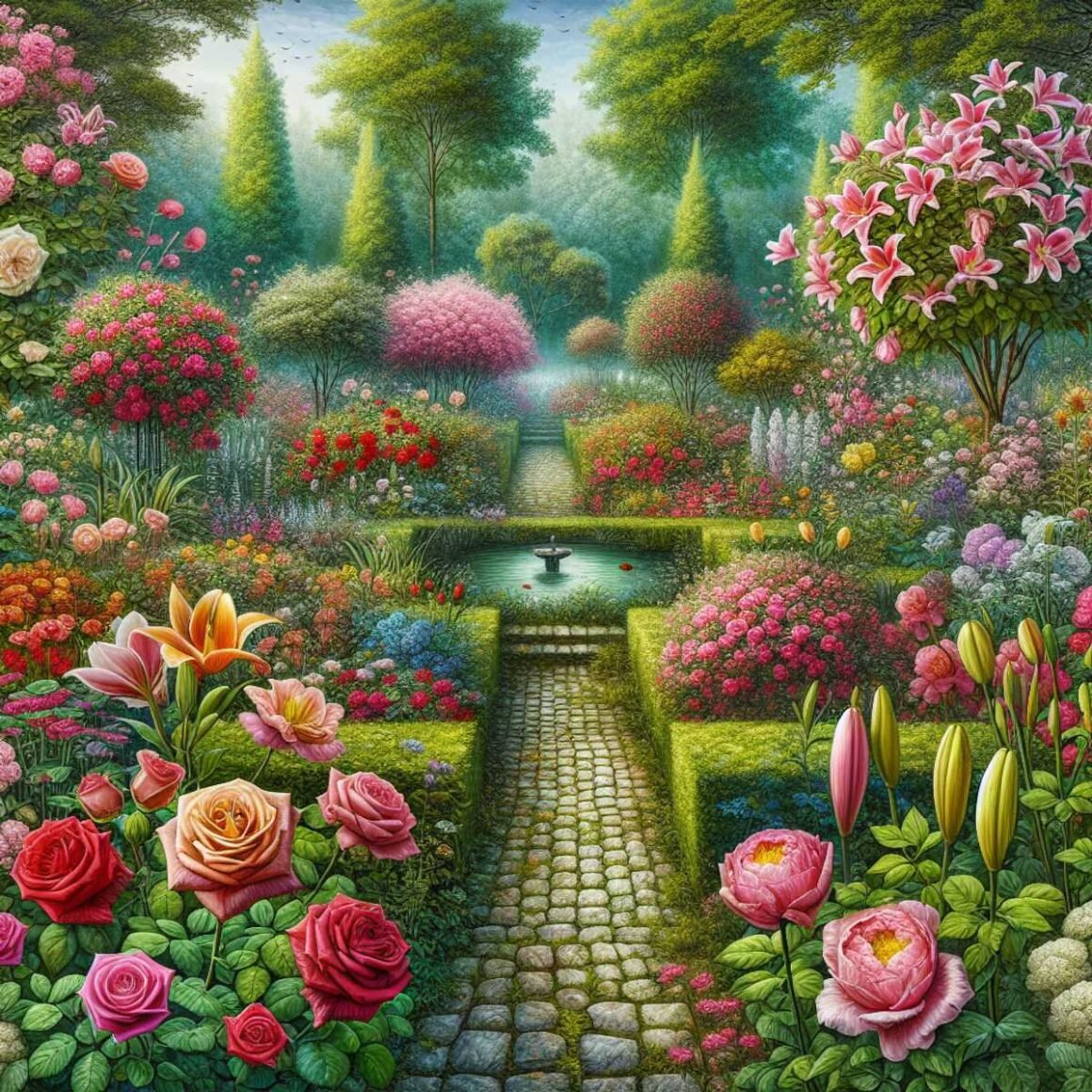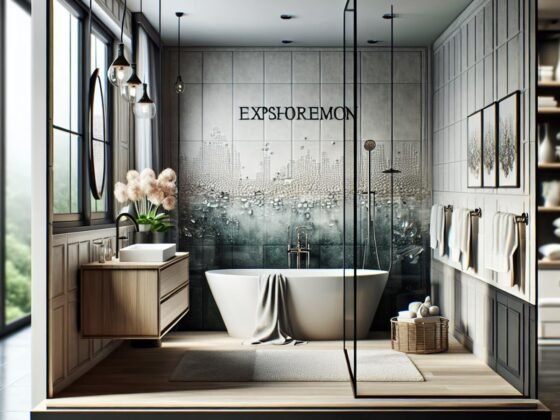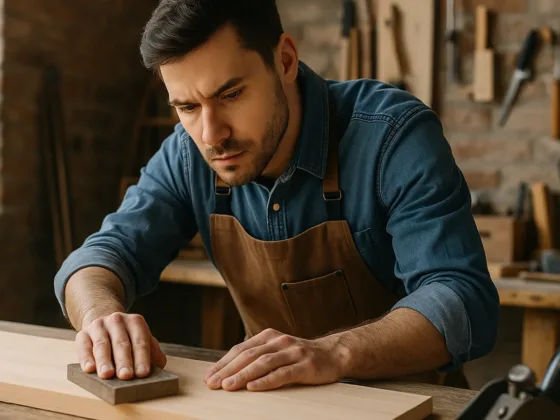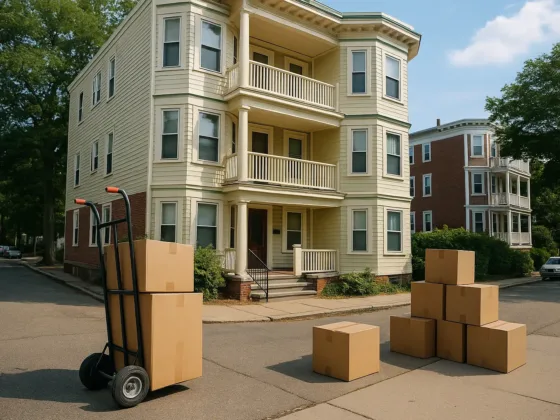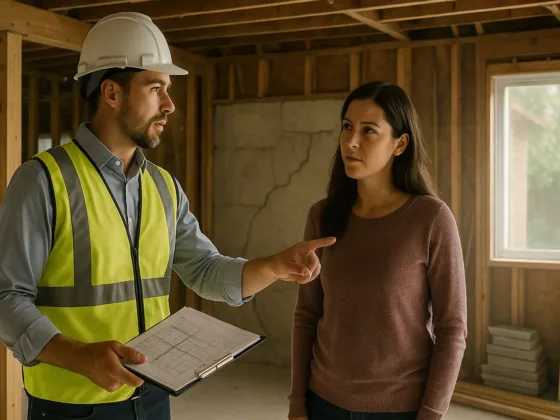Table of Contents Show
Landscape design is the art and science of modifying the visible features of an area of land to create an environment that is both functional and aesthetically pleasing.
This multidisciplinary field encompasses elements of architecture, horticulture, and ecology to shape outdoor spaces that enhance the quality of life for their users while preserving the natural environment.
This article delves into the principles, elements, and processes involved in landscape design, offering insights into how professionals create harmonious and sustainable landscapes.
The Principles of Outdoor Design
At the core of outdoor design are several guiding principles that ensure the creation of cohesive and balanced environments. These principles include:
1. Unity
Achieving a sense of unity involves creating a theme or consistent style that ties the landscape together. This can be accomplished through the use of similar materials, colors, and plant types. Unity helps in creating a sense of wholeness and coherence in the design.
2. Balance
Balance refers to the distribution of visual weight in the landscape. This can be symmetrical, where both sides of the landscape are mirror images of each other, or asymmetrical, where different elements are arranged to create a sense of equilibrium without exact duplication.
3. Proportion
Proportion involves the relationship between different elements in the landscape. It ensures that the size of elements such as plants, structures, and pathways are in harmony with each other and with the overall scale of the space.
4. Rhythm and Line
Rhythm is created through the repetition of elements, which can guide the eye through the landscape and create a sense of movement. Lines, whether straight or curved, help define spaces and direct traffic flow.
5. Focalization
Also known as emphasis, focalization involves creating focal points that draw attention and provide interest. This could be an eye-catching plant, a piece of art, or a water feature.
6. Transition
Transition is the gradual change in elements, such as plant height or color, to create a seamless flow in the landscape. It prevents abrupt changes and helps integrate different parts of the design.
Key Elements of Landscape Architecture
The elements of landscape design are the building blocks used to create an outdoor space. These elements include:
1. Plants
Plants are perhaps the most crucial element in landscape design. They provide color, texture, and form, and their selection is often based on factors such as climate, soil type, and maintenance requirements. Trees, shrubs, flowers, and groundcovers all play unique roles in the landscape.
2. Hardscape
Hardscape refers to the non-living elements of the landscape, such as pathways, patios, walls, and water features. These structures provide functionality, create spaces, and add visual interest.
3. Water Features
Water features such as ponds, fountains, and streams add a dynamic element to the landscape. They can create a tranquil atmosphere and support local wildlife.
4. Lighting
Proper lighting enhances the usability and safety of outdoor spaces, highlighting key features and extending the usability of the landscape into the evening hours.
5. Structures
Structures like pergolas, gazebos, and benches provide functionality and aesthetic appeal, offering places for relaxation and social interaction.
The Greenspace Design Process
Creating a successful landscape design involves a systematic process that includes:
1. Site Analysis
The first step in landscape design is analyzing the site. This includes understanding the soil type, climate, topography, and existing vegetation. Site analysis helps identify opportunities and constraints.
2. Concept Development
Based on the site analysis and client requirements, the designer creates a concept plan. This is a preliminary design that outlines the general layout and key elements.
3. Design Development
The concept is refined into a detailed design, which includes specific plant selections, materials, and structures. This stage involves creating detailed drawings and plans.
4. Implementation
Once the design is finalized, the implementation phase begins. This involves site preparation, installation of hardscape elements, planting, and installing lighting and irrigation systems.
5. Maintenance
A well-designed landscape requires ongoing maintenance to ensure its longevity and health. Maintenance plans are created to guide the care of plants, hardscapes, and other features.
Sustainable Landscape Design
Sustainability is an increasingly important aspect of landscape design. Sustainable landscapes are designed to be environmentally friendly, conserving resources and supporting local ecosystems.
This involves using native plants, minimizing water usage through efficient irrigation systems, and incorporating environmentally sustainable materials.
Conclusion
Landscape design is a dynamic and complex field that blends art, science, and environmental stewardship. By adhering to key principles and carefully selecting and arranging elements, landscape designers create spaces that are not only beautiful but also functional and sustainable.
Whether for a residential garden, a public park, or a commercial property, thoughtful landscape design can transform outdoor spaces into inviting and harmonious environments that enrich the lives of their users.
FAQs (Frequently Asked Questions)
Achieving a sense of unity involves creating a theme or consistent style throughout the outdoor space, ensuring that all elements work together harmoniously.
Balance refers to the distribution of visual weight in the landscape, achieved through careful arrangement of elements to create a sense of equilibrium.
Proportion involves the relationship between different elements in terms of size, scale, and quantity, ensuring that they are visually harmonious and well-suited to the overall space.
Rhythm is created through the repetition of elements, such as plants or architectural features, which helps establish a sense of movement and visual interest within the landscape.
Focalization, also known as emphasis, involves creating focal points or areas of visual interest within the landscape to draw attention and create a sense of hierarchy.
Transition is the gradual change in elements, such as plant species or elevation, to create a smooth flow and connection between different areas of the landscape.
The key elements of landscape architecture include plants, hardscape (non-living elements), water features, lighting, and structures like pergolas and gazebos.
The greenspace design process involves site analysis, concept development, design development, implementation, and ongoing maintenance to ensure a successful landscape design.
Sustainability is important in landscape design because it promotes environmental responsibility and long-term viability, considering factors like resource conservation and ecological impact.
